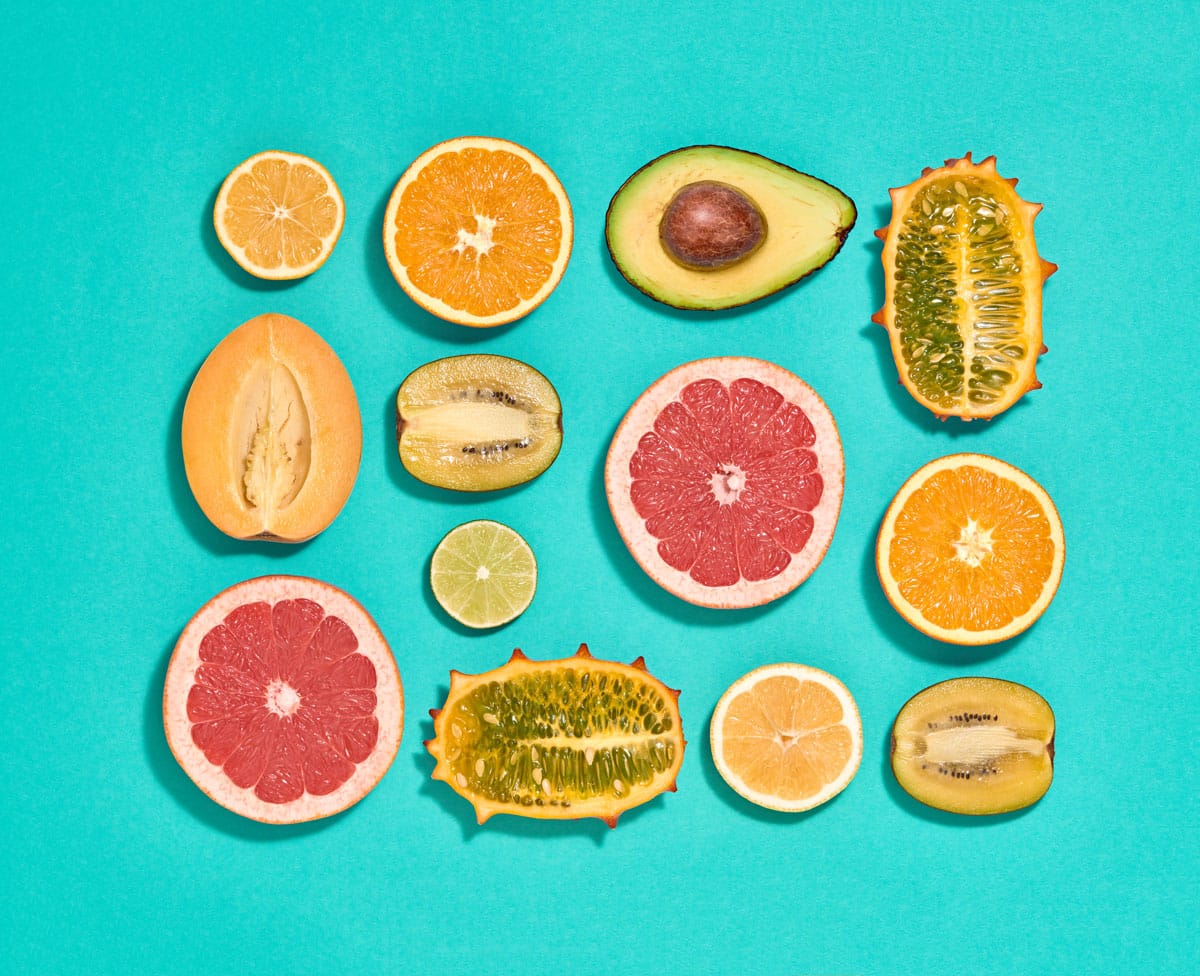The food coloring industry is constantly evolving, improving its formulas to provide the highest quality in the products we consume. They are part of most foods and drinks in a balanced diet. In this post we demystify the misunderstandings about it.
Food and beverage manufacturing processes can transform the original appearance of some products. In the gastronomic tradition, the use of colorants has always been a key ingredient, because they return the original color to food.
The importance of substance, both in essence and appearance, influence human chooses between different foods. Color provides information and enhances the general attractiveness.
“We eat with our eyes” is a very old phrase that expresses this notion that the brain receives information through the sense of sight, and decides together with the smell if that food seems not only appetizing, but healthy and good for your nutrition.
That’s why it’s important for the food we eat to be both and looks appetizing and visually appealing. The use of food coloring is acceptable as long as it does not compromise the quality or health of the food, a principle upheld by international health standards, with the ISO standards being the most well-known among them.
Gastronomic diversity tells us about cultural diversity and different places in the world. Colors are incorporated into their preparations everywhere, in order to transmit information through food and beverages.
For example, the so-famous Italian Spritz, without it’s red pigment, it wouldn’t be the same cocktail. From this simple snack, to pasta, cakes, candies, soup preparations and creams, different foods wordwide use food coloring.
The color variety impacts human psychology by guiding the decision-making process. The reaction that color produces in the human brain is a key factor at the time of feeding. Choose quality products where food coloring is controlled under food safety regulations. Eating in colors is natural nutrition.




